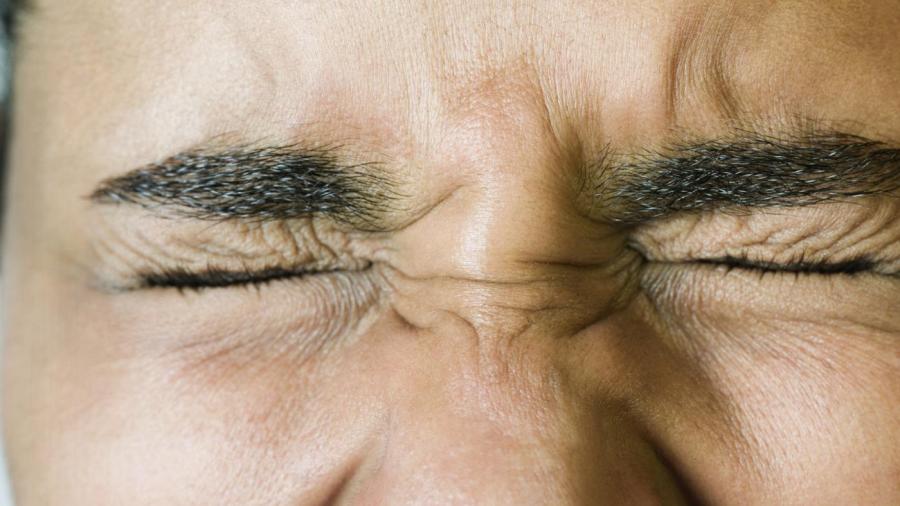What to Do if Your Messages Go Back in Time

The average person blinks 15 to 20 times per minute. Since the average American sleeps 6.8 or 6 hours and 48 minutes per day, they spend 1,032 minutes being awake. If the average American blinks 15 to 20 times per minute, they blink 15,480 to 20,640 while awake. This means they can blink up to 144,480 per week, 577,920 per month, and nearly 7 million times each year.
Blinking
Blinking is usually an involuntary, reflex action that can also be accomplished voluntarily. Normal blinking action and rhythm keeps the cornea lubricated. The eye secretes fluid from the lacrimal gland and the blinking action spreads the fluid across the surface of the cornea and conjunctiva. This action likewise clears away and prevents small foreign objects from accumulating on the surface of the eye.
Although dryness and irritation provide strong stimuli for blinking, some studies show that normal blinking accomplishes more than keep the eyes clear and lubricated. Sudden glares of bright lights hitting the eye can also trigger a strong blink reflex. Apart from external stimulus, it is also believed that blinking helps the eye shift its focus.
New Research on Blinking
Most medical experts agree that humans blink more often than necessary. While blinking does accomplish lubricating and clearing debris from the eye surface, these functions can be accomplished with lesser frequency. The blinking rate is thought to be regulated by a group of neurons located between the base and outer substance of the brain. What calibrates the frequency of blinking is still largely unknown.
A study in Japan that was conducted in 2012 suggests another reason for the frequency of blinking. Researchers in Japan found out that blinking may help the brain rest for short intervals. The study shows that with each blink, the mind enters what can only be described as an alternate mental state, which gives the brain a break. Blinking can thus be likened to the brain making microreboots.
Blinking Problems
Several medical issues can affect normal blinking rhythm and frequency. Some of these issues include the following:
- Eye movement disorder: This may be caused by conditions that include benign essential blepharospasm and Meige's syndrome. Benign essential blepharospasm are spasms in the eye muscles that results in fast, involuntary blinking. Meige's syndrome results in spasms that are associated with issues in the mouth and jaw.
- Tourette syndrome: Although more popular for its symptom of involuntary vocal outbursts, this condition also causes excessive blinking.
- Wilson's disease: This disease is caused by having too much copper in the body. Its symptoms include grimacing, tremors, and excessive blinking.
- Multiple sclerosis: A condition that affects the central nervous system, multiple sclerosis is an auto-immune disease where the body's immune system attacks the protective sheath on nerves. Among its minor symptoms include excessive blinking.
Other physiological factors can also affect the normal blinking rhythm. These include stress, anxiety, and fatigue.
Longest Time Without Blinking
If you have experienced playing a staring contest as a child, you have a better understanding of how difficult it is to keep your eyes open for long periods. The record for the longest time without blinking is set by a comedian and TV host from the Philippines named Paolo Ballesteros, who managed to keep his eyes open for 1 hour, 17 minutes and three seconds. This beats a previous record set by Julio Jaime from Colorado, who managed to keep himself from blinking for 1 hour, 5 minutes and 11 seconds.
MORE FROM REFERENCE.COM
What to Do if Your Messages Go Back in Time
Source: https://www.reference.com/science/many-times-blink-day-831f557c04ffe96b?utm_content=params%3Ao%3D740005%26ad%3DdirN%26qo%3DserpIndex
0 Response to "What to Do if Your Messages Go Back in Time"
Post a Comment